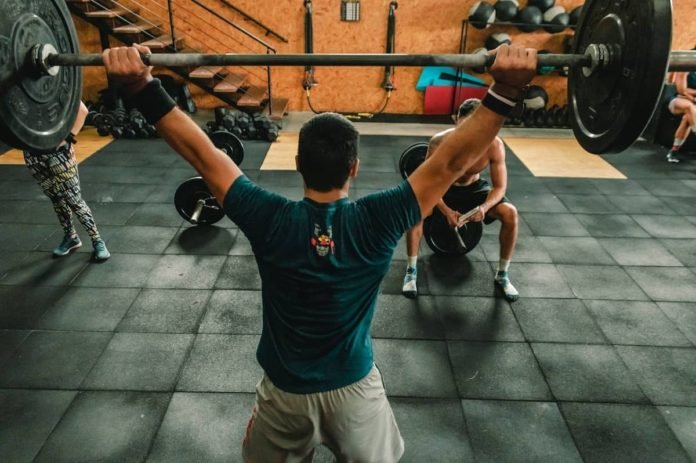Muscle strains can be debilitating and painful. Most of us will experience muscle strain from sports injuries to repetitive movement injuries in our lifetime. When that time arrives, there are ways in which you can cut down healing time and ease the discomfort of a strained muscle. With a bit of time and rest, you’ll feel good in no time!
This article will walk you through at-home methods to treat muscle strain, including the most important aspect, how to properly use a splint.
#1 What to do if you think you have a muscle strain
If you suspect you have a muscle strain, it’s important to know the signs. According to the Mayo Clinic, the symptoms of a muscle strain include:
- Pain or tenderness
- Redness or bruising
- Limited motion
- Muscle spasms
- Swelling
- Muscle weakness
First, you’ll want to find a comfortable resting place while examining your injury. You might wonder what the differences between a strain and a sprain are as you examine your injury.
A muscle strain affects the muscles. It’s important to understand that there are two classifications of injuries. You might have a strain in the muscle or tendon, or you might have a tear. Strains can be healed at home with a few tips.
A muscle sprain affects the tendons. Tendons are fibrous tissue that adheres the muscle to the bone. When a tendon tears, it is a sprain. A tear is much more severe than a strain and will require medical attention immediately. If you suspect a sprain, you’ll likely need a surgeon’s point of view. However, a strain can be remedied at home until it is healed.
#2 Follow the R.I.C.E. Method
The R.I.C.E method is often used when remedying injuries at home.
Rest
Resting your injury is the most important step on your road toward healing. It’s important to stay off of the injury and take it easy. Overexertion can make things much worse and perhaps take your injury from a strain to a sprain. Stay down and rest as much as possible!
Ice
Applying ice to the injury will help ease painful inflammation. Be careful not to over ice the area or apply the ice directly to the skin without a protective barrier like a cloth—ice for fifteen to twenty minutes every two or three hours. You can begin icing your injury as soon as possible and ease the amount of time spent icing as the days pass and the injury begins to heal.
Compression
A compression garment is excellent for injury healing. Compression socks and other garments stimulate blood flow in the area which will help the injury heal more quickly and avoid swelling.
Elevation
It’s important to keep the injury elevated to avoid painful swelling around the injury. Sit down, rest, and elevate the injury above the heart (or near to it) to help the blood flow.
#3 Wearing a Splint
Splint wearing can be really helpful when healing a muscle sprain, but wearing a splint improperly can make injuries worse. Splints are sold in the Pharmacy section of drug stores and come in many shapes and sizes. Like compression garments, splints offer compression while keeping the injury still and steady.
The benefit of using a splint is the sturdiness of the garment. Because of its structure, many people find splint-wearing uncomfortable, especially on an injury. Getting a properly fitted splint is important if you find general, over-the-counter splints uncomfortable. See an occupational or physical therapist if you desire a top-of-the-line splint that’s properly fitted for your needs.
Summary
If you have a muscle sprain, there are some ways you can remedy the situation at home. Remember the R.I.C.E. method:
- Rest
- Ice
- Compression
- Elevation
Splints can also be very helpful and are often found at drugstores and pharmacies. However, if you are having difficulty finding the proper fit for your injury, you should see a doctor or other qualified medical professional to get the best fit for your injury.








